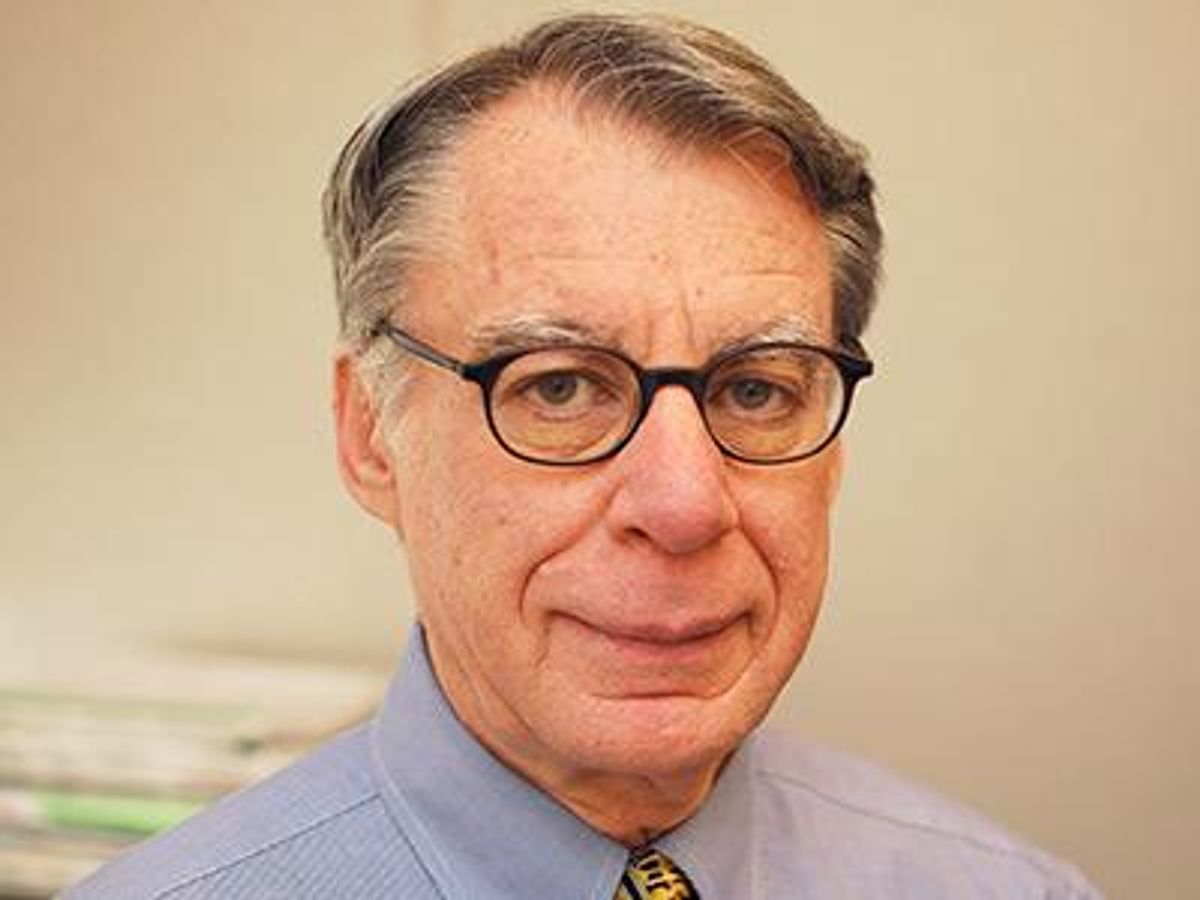Drug users are some of the most marginalized people in our society. Those who use intravenous drugs and contract HIV are, unfortunately, pushed even further to the edge of the margins. The sad truth is that society as a whole has little sympathy for those who acquire a chronic disease through injecting drugs. The federal government will not even allow communities to use its tax dollars for needle exchange programs, despite the fact that those programs have prevented millions of infections since the 1980s.
In an exclusive interview with Plus, Don C. Des Jarlais, PhD, Director of Research at the Baron Edmond de Rothschild Chemical Dependency Institute at Mount Sinai Beth Israel in New York City, talked about his latest work to help injection drug users help their own.
Des Jarlais has long led the charge to protect drug injectors from HIV, and now hepatitis C, by pioneering harm reduction programs such as needle exchanges. He began his research at Beth Israel in the 1980s, when half of all injection drugs users in New York City were HIV-positive. Today, the figure is down to 10 percent.
Nationwide, however, history is repeating itself as the desperation of the addict leads to a resurgence of injector-related HIV. But this time, the epidemic is in a new ghetto where HIV prevention programs and needle exchanges have been poorly funded or disallowed.
Des Jarlais has been awarded a $2.5 million grant to help fund research aimed at helping injection drug users break the cycle. They will be taught skills on how to discourage someone who wants to shoot up for the first time.
“Almost all injectors are at least ambivalent about injecting. It clearly has created a lot of problems in their lives,” he told Plus. ”Most of them do not want to do that to their friends.”
But he added, “They may feel they do want to initiate somebody.”
Des Jarlais also said it’s important to be non-judgmental so as not to further stigmatize the situation.
Keeping to Tooting Instead of Slamming
Des Jaralis, who has published more than 500 articles on topics related to HIV and injection drug users, will be conducting new research for the next five years in New York City and Tallinn, Estonia, in Eastern Europe.
The research tests a combination of already proven methods such as The Heroin Sniffer Project, Break the Cycle (which empowers youth to end domestic violence), and couples counseling.
In all of these cases injectors are taught how interupt their addictive cycle and avoid proceeding to the point of injecting drugs. Injectors can get a cheaper, faster high by injecting. It’s all part of the slippery slope that for many young people begins with raiding the painkillers in their parents’ medicine cabniets.
While painkiller overdoses nationally have gone down, heroin overdoses are on the rise. Tens of thousands of opiate abusers have progressed from painkillers to heroin, many of them now injecting. In the absence of funding for more effective long-term programs or a reluctance to participate on the part of the addict, De Jarlais' research will combine these “situation coaching” harm reduction methods with low threshold treatment.
In some cases week-long treatment is nothing more than a patch on a four-pack-a-day smoker’s arms. “At least it gets their tolerance down so they don’t need to spend as much money on drugs and they can have a brief respite of a week or so where they can think about where their life is going and hopefully make some changes,” Des Jarlais said.
Time to Wake Up and Smell the Research
The grant awarded Des Jarlais could not come at a more appropriate time. The HIV outbreak in a small Southern Indiana county now has exceeded 140 and is bringing much needed attention to HIV risks for intravenous drug users. A temporary needle exchange put in place by the Indiana governor to stem the tide of infections has been extended until May 20. But political pressure in the conservative state has called into question the chance a permanent needle exchange will be established.
This is a shame, because, contrary to widely held beliefs that the exchanges enable the addict, a mountain of research exists showing the programs effectively stem HIV infections. They are a public health success story.
When addicts exchange their needles, they are connected to services related to drug rehabilitation, treatment for HIV and hepatitis C, and other resources. Discarded needles that could be contaminated are disposed of properly instead of on park playgrounds.
Des Jarlais served on the first U.S. National Commission on AIDS under George H.W. Bush. He said he is not surprised that the injection drug epidemic has shifted from inner cities to poor, rural areas and wealthy suburbs. He said epidemics such as Indiana’s are sure to continue in areas where there isn't adequate HIV prevention and no needle exchange.
“[Indiana] already is looking at 20 to 30 years of treatment for those 140 people they’ve already discovered that have it,” Des Jarlais told Plus. “Lots of places using opiate analgesics or heroin that do not have adequate HIV prevention and no syringe exchange…unless public health authorities move fairly quickly” could have large outbreaks.
It is important for injection drug users to recognize the early signs of HIV infection, to avoid sharing needles, and to get tested and into treatment if positive. And it is equally important for them to know that people with HIV can continue to live normal, healthy lives.








































































